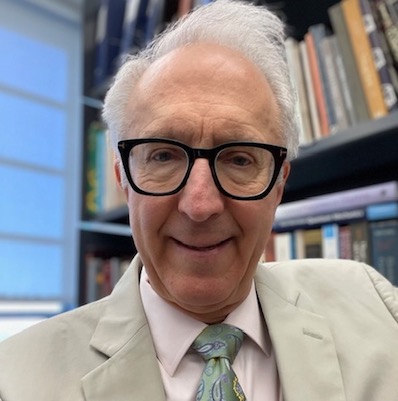PHY2206H F
Special Topics in Quantum Optics: Integrated Quantum Photonics
Official description
We are arguably in the middle of a “second quantum revolution,” with breakthrough quantum applications being developed in sensing, communication, and computation. Photons are candidate particles for implementing these new quantum strategies. And while much of the experience and formalism of quantum linear and nonlinear optics is based on the history of work on free space and bulk systems, the future will be different. To satisfy the demands of stability, efficiency, scalability, and manufacturability, many protocols have already been implemented on integrated photonic structures, and undoubtedly many more will be in the future.
This course deals with the physics of “quantum light on a chip,” which is the basis of integrated quantum photonics. After an overview of the classical optics of waveguides and resonant optical structures, we will cover the quantization of the electromagnetic field for photonic structures, the formulation of the interaction of atoms and molecules with light in photonic structures, and a framework for treating the nonlinear propagation of quantum light in artificially structured materials. We then turn to the treatment of spontaneous parametric down conversion and spontaneous four-wave mixing as a source of generated entangled photon states in integrated photonics, and a generalization of such treatments to consider the generation of squeezed light; the behavior of resonant and nonresonant structures will be compared. Finally, we will briefly consider indeterministic and possible deterministic strategies for the generation of non-Gaussian light on a chip.
Since this is the first time this course is being given, the above paragraph should be taken with the caveat “as time permits.” I would rather have us cover fewer topics carefully and with everyone in the course “aboard” than to rush through a large number of topics in a cavalier way.
I am not aware of the availability of any textbook that would be appropriate for this course, but sections of different texts will be referenced for different parts of the course, as well as papers and review articles in the literature.
The background preparation for this course is material that was covered in last year’s PHY2204S (Quantum Optics II). Students should be familiar with the quantization of the electromagnetic field in free space and photon number states, as well as with coherent states and squeezed states for a single mode of the radiation field. This material is covered in chapters 2.1-2.7, 3.1-3.6, and 7.1-7.5 of Introductory Quantum Optics by Christopher C. Gerry and Peter L. Knight, which was the text for last year’s PHY2204S.
The scheduling of the course will be decided at an introductory meeting early in the term. Notices for this meeting will be posted in the Department of Physics.
- course title
- PHY2206H F
- session
- fall
- group
- specialized course
- time and location
-
The scheduling of the course will be decided at an organizational meeting to be held Monday, September 11, at 12:00 noon, in MP 1115.
- instructor
-

